Japanese culture influences a house design in the scenic seaside town of Kamakura
A Kamakura home designed for an international couple by local architect Hitoshi Saruta of CUBO Design Architect balances contemporary architecture with a traditional Japanese approach
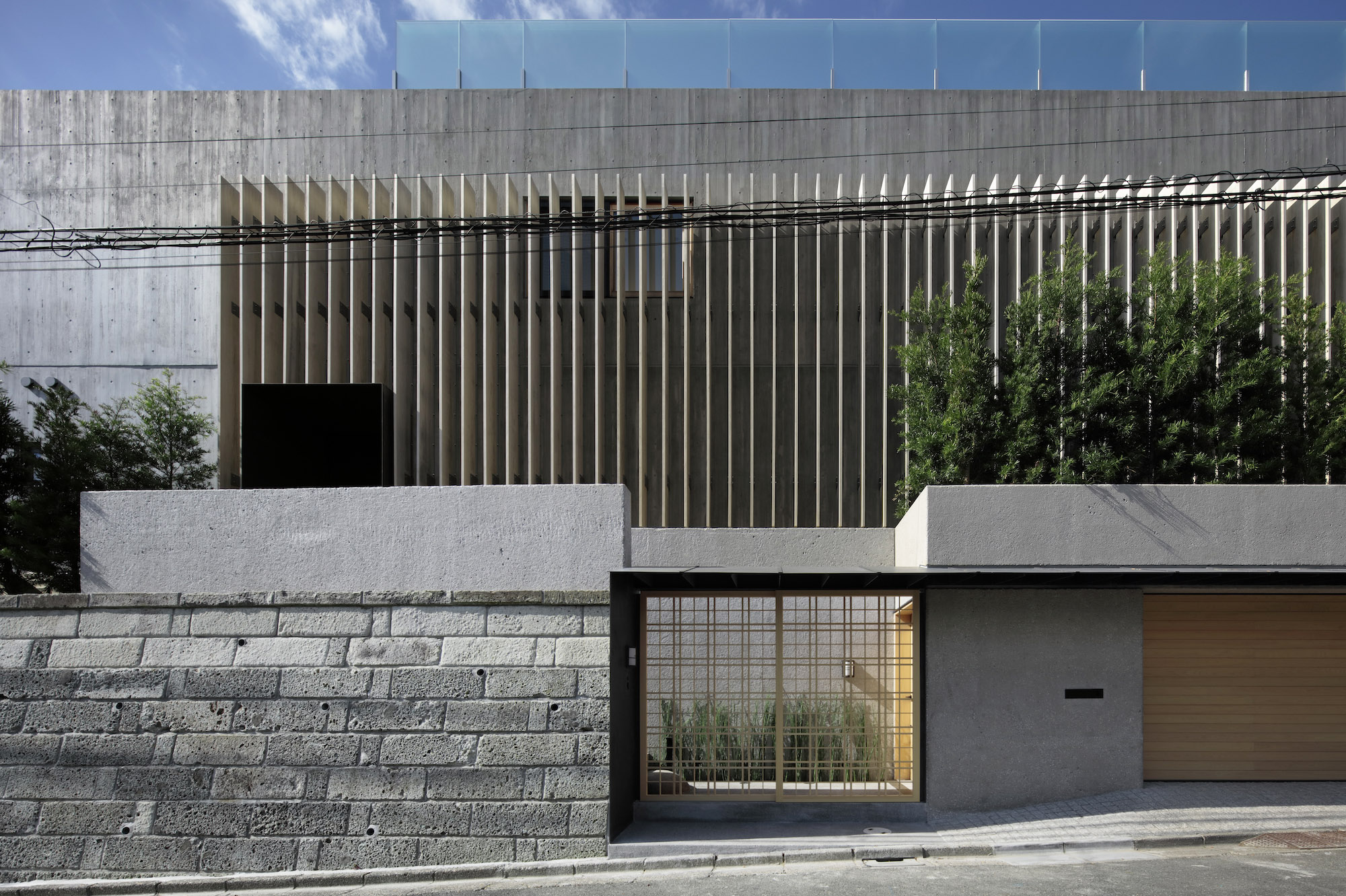
Koichi Torimura - Photography
The beautiful Japanese seaside town of Kamakura is known for its rich history and scenic location, offering views from the Shonan coastline to the iconic peak of Mount Fuji. A hilltop spot here can ensure some great, privileged vistas and an ideal perch from which to admire the Japanese culture and countryside; as the international owners of a new house, entitled T3, discovered, when they decided to build their Kamakura home.
The clients approached local architect Hitoshi Saruta of CUBO Design Architect for the commission. Saruta, who has a series of sensitively composed residential projects in the area under his belt, jumped at the opportunity to create something modern that would also accommodate his clients' keen interest ‘in the aesthetic of Japanese gardens, as well as Japanese culture and architecture'.
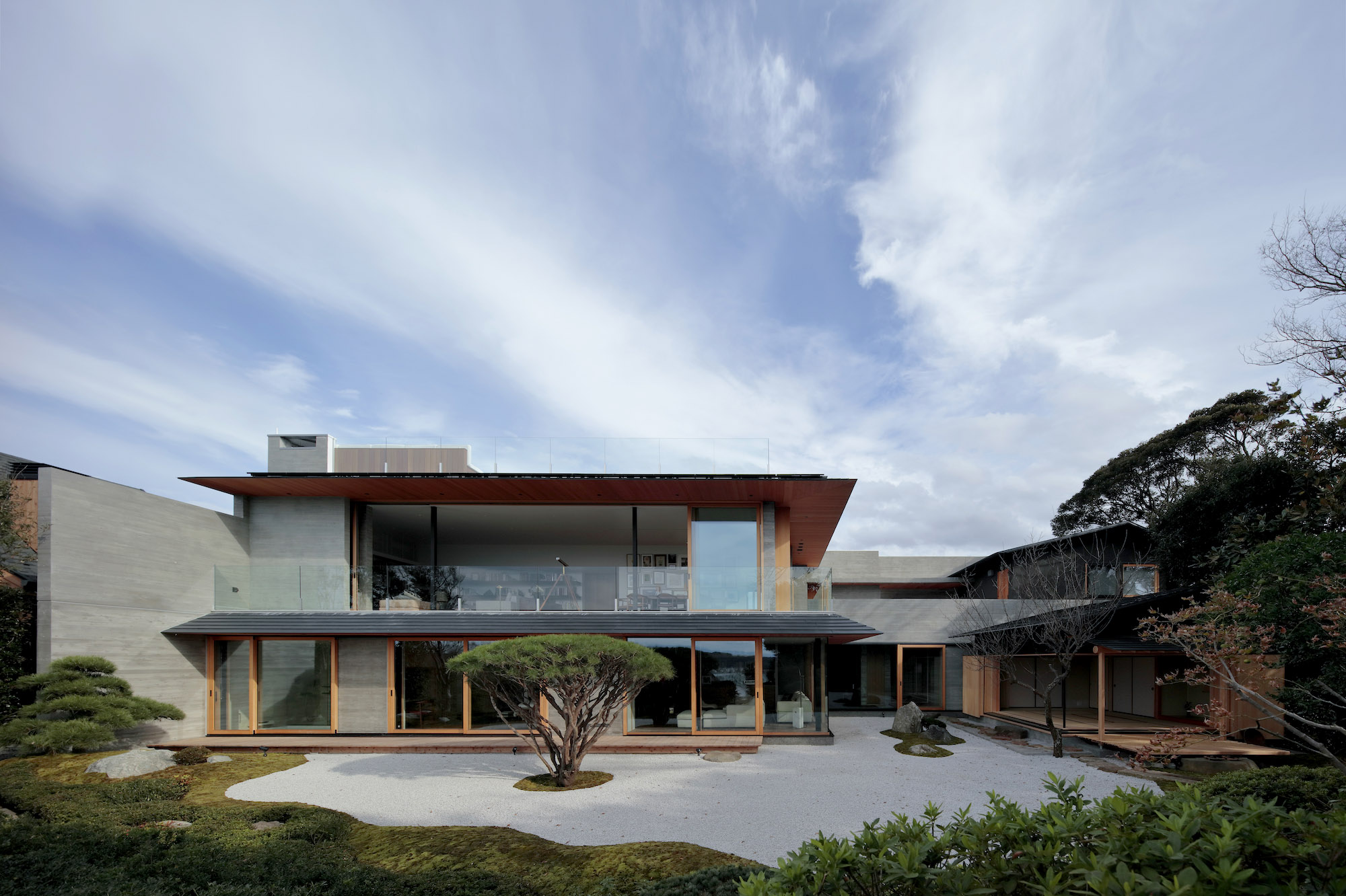
The house, which maintains a simple and fairly closed off street-facing front, highlighting privacy, slowly unfolds as the visitor walks in, and opens up entirely towards the rear of the plot and a carefully designed garden, complete with planting and rock arrangements. The scale is generous, as the house serves not only as a comfortable retreat for the owners, but also a guesthouse for visitors, as well as a place for entertaining, as the users split their time between Japan, France, and the United States. Striking a balance between domestic functionality, local charm and an impressive design approach was key.
Saruta duly obliged working with traditional Japanese building materials (such as granite, Japanese paper, black plaster, wood lattice, and louvers) where possible, to enhance tactility and anchor the project to its locale. He also adopted the use of the continuous eaves found in Japanese sukiya architecture (a residential typology linked to the traditional tea ceremony); only giving them a more contemporary twist by incorporating steel in the structure to add sharpness.
Inside, the residence spans four levels, including a basement floor with space for utilities and a garage, a ground level that contains bedrooms and a first floor, where the main living spaces are arranged, making the most of the plot's long views. The project's most impressive moment though is the scheme's accessible rooftop, with its large terrace and swimming pool, from which owners and guests can relax and take in the city and nature beyond, all within the serene setting of this remarkable, old/new architectural hybrid.
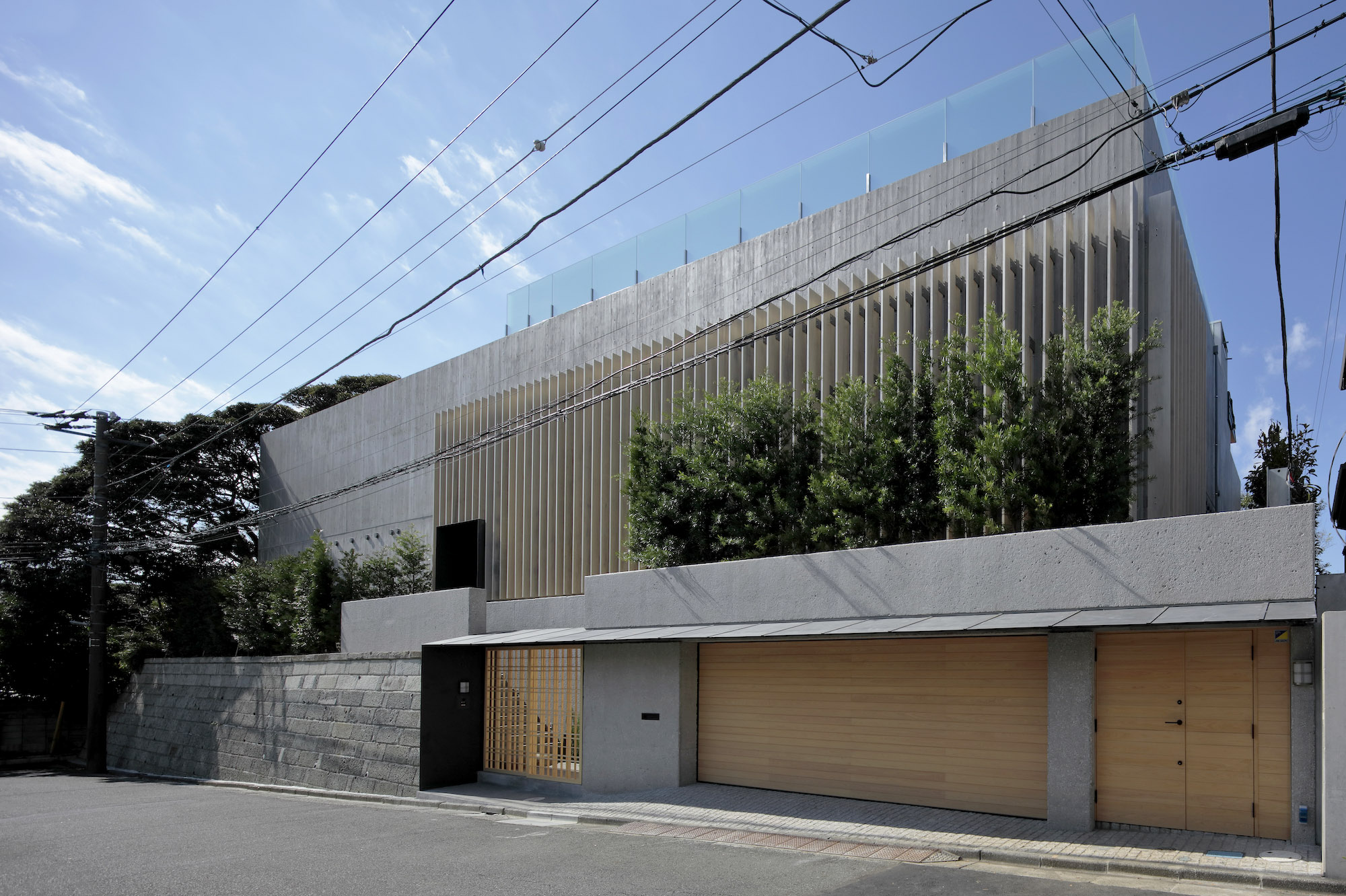

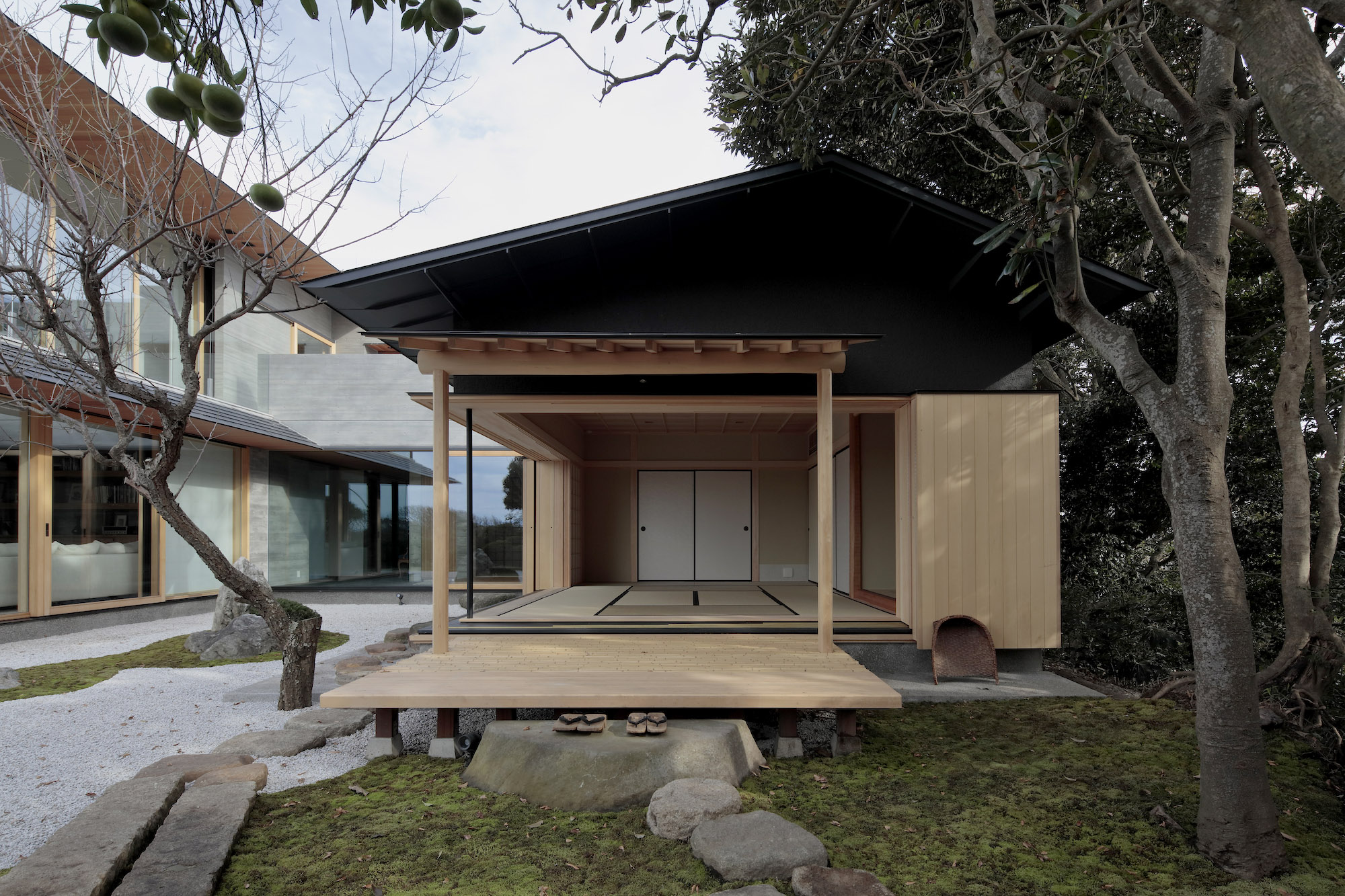
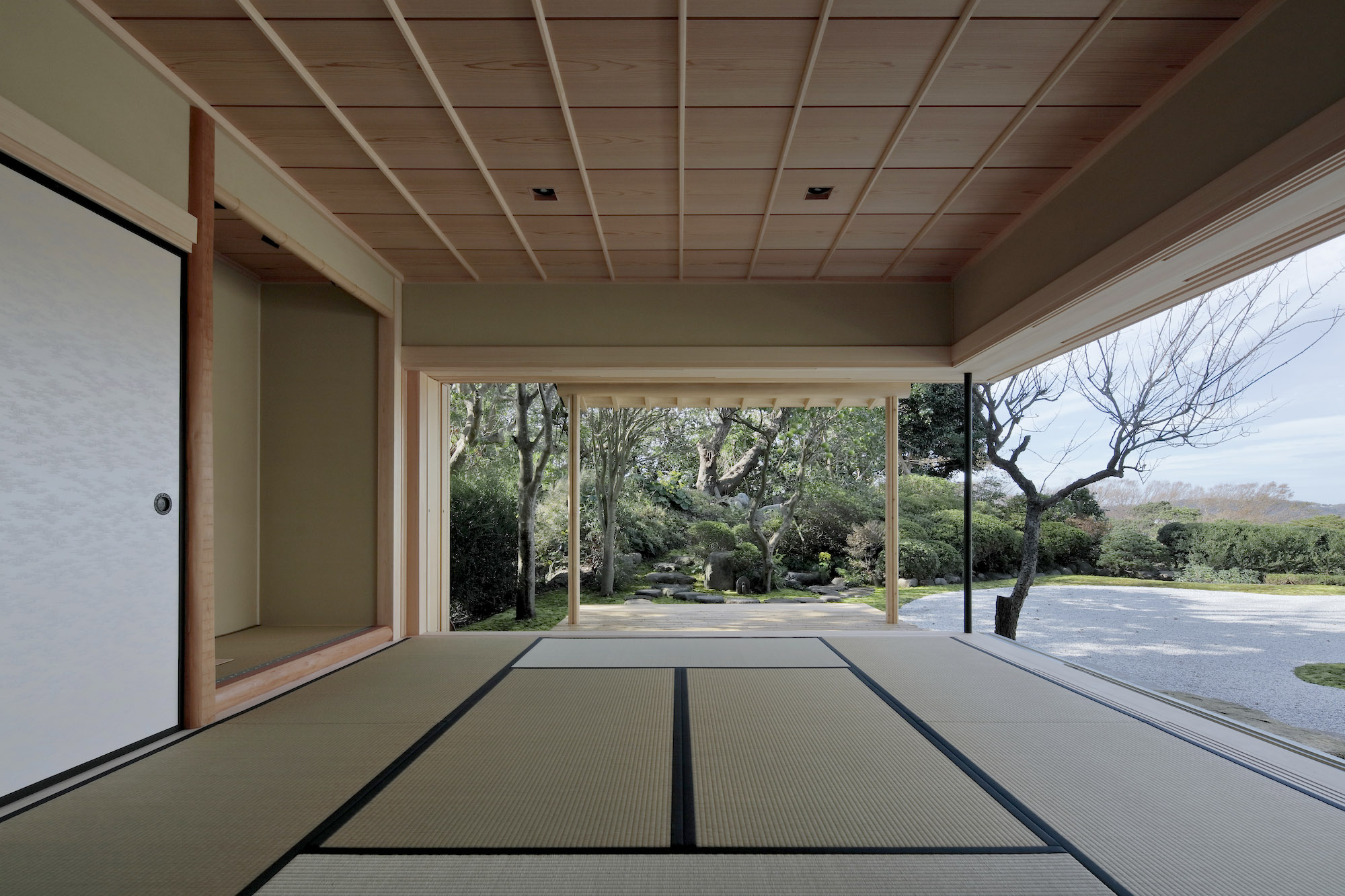
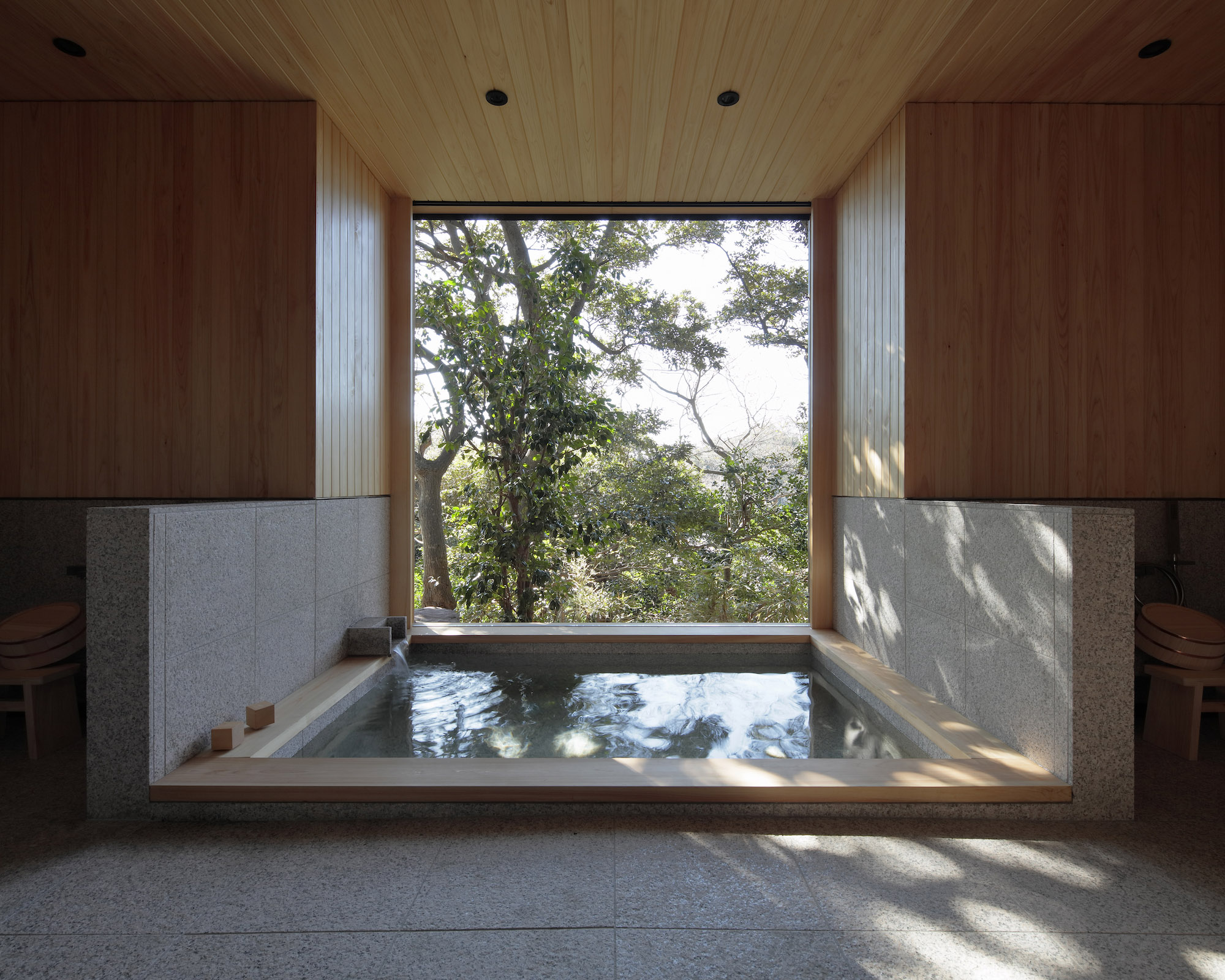
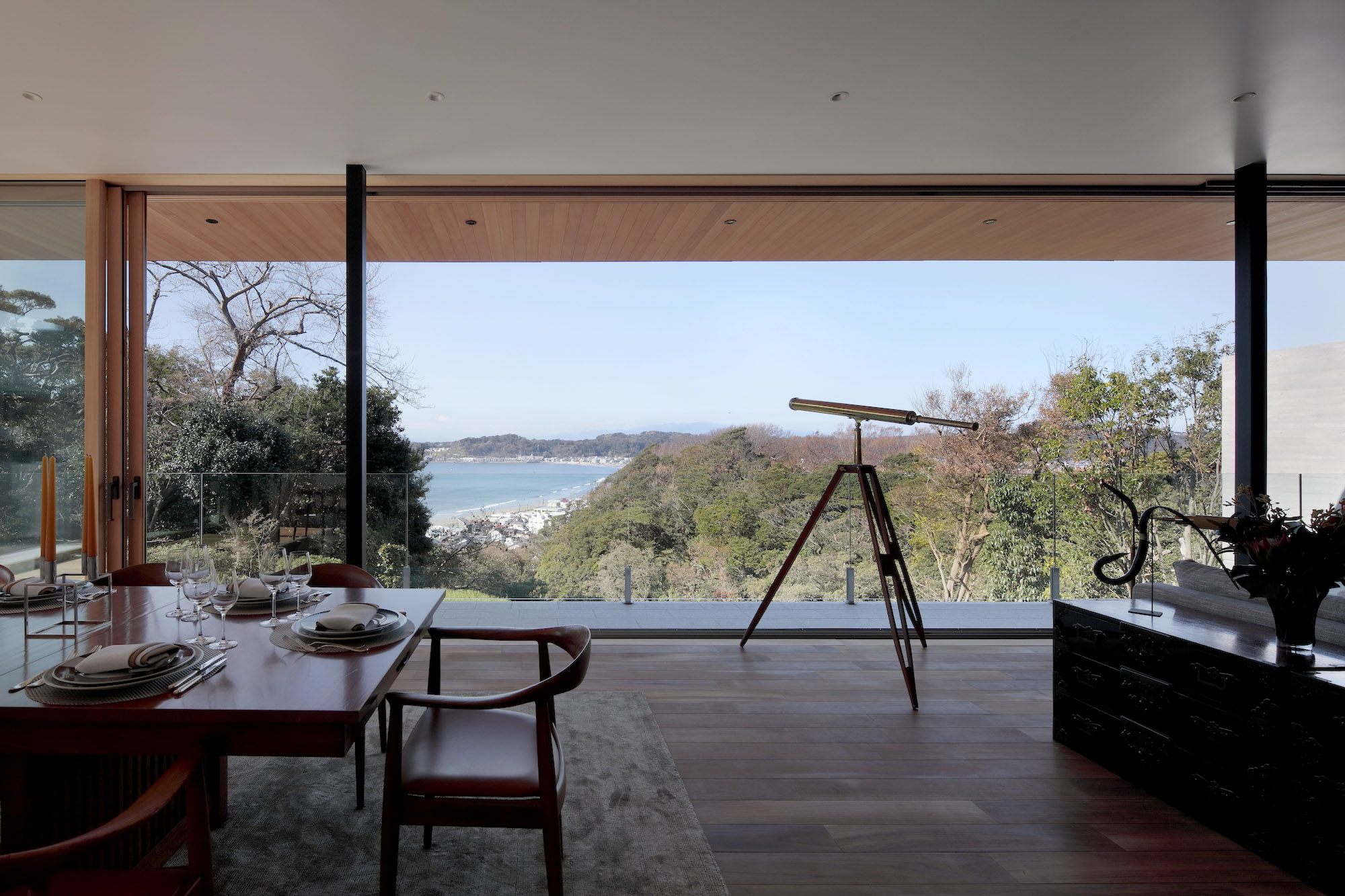
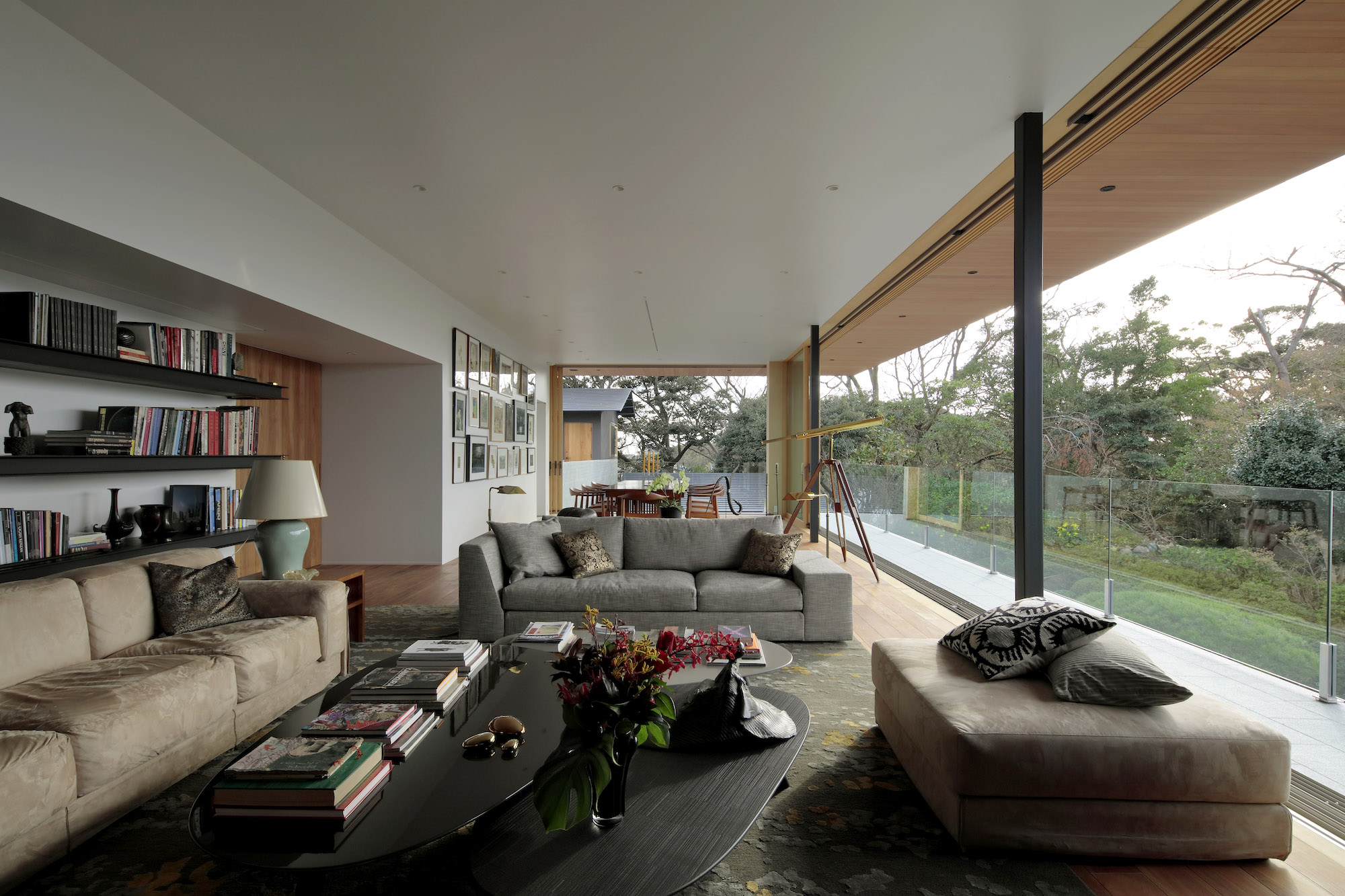
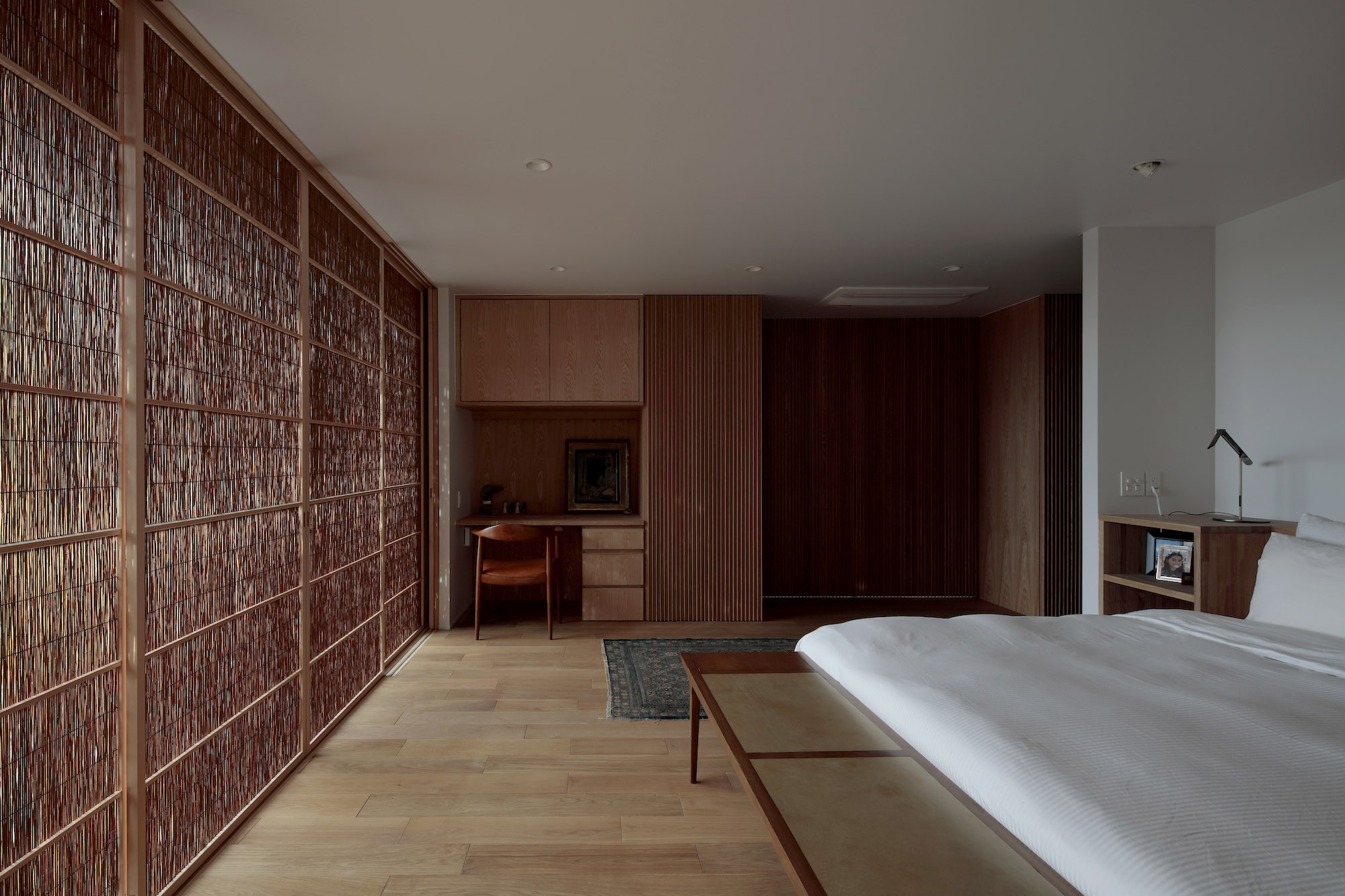
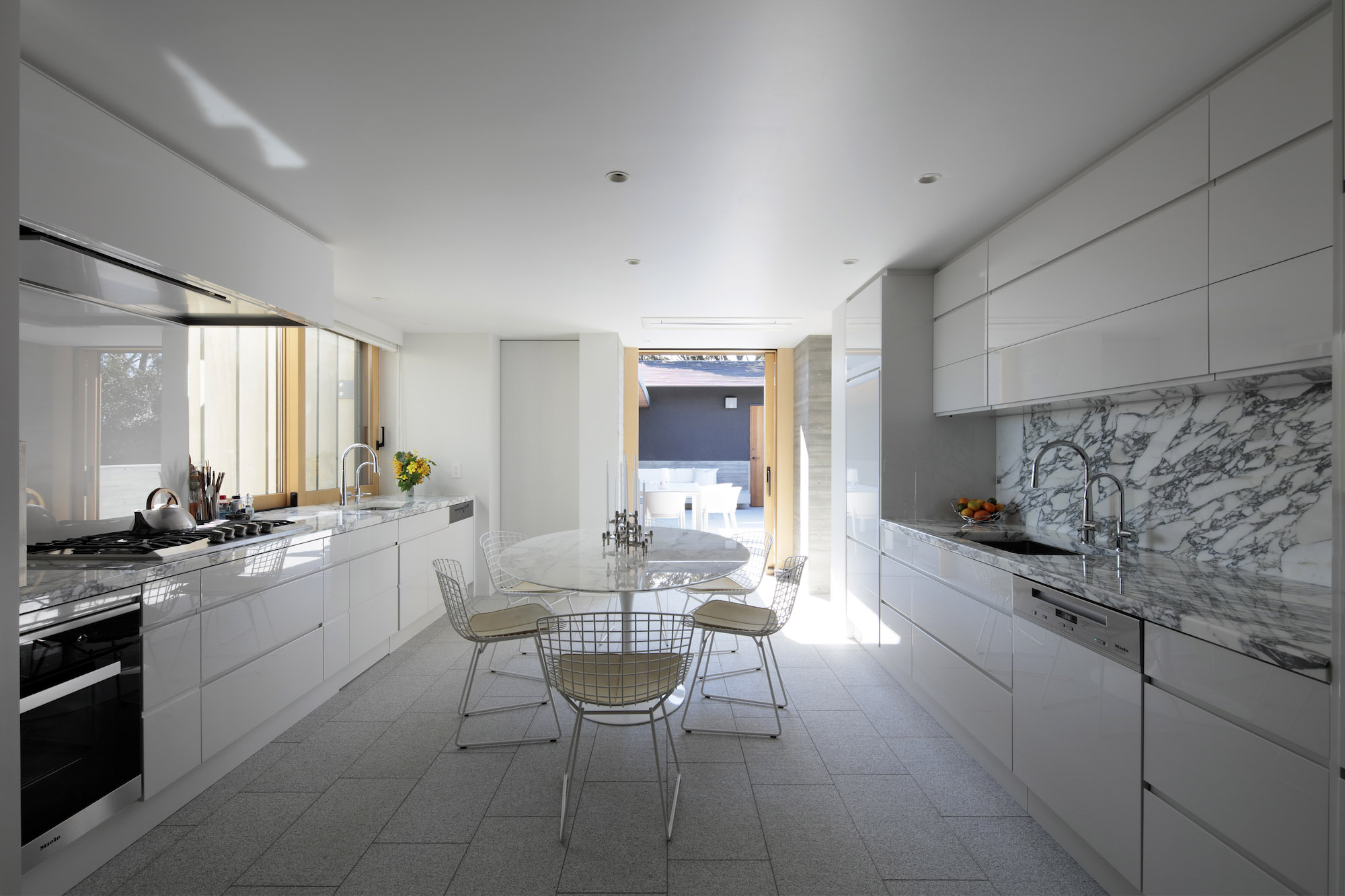
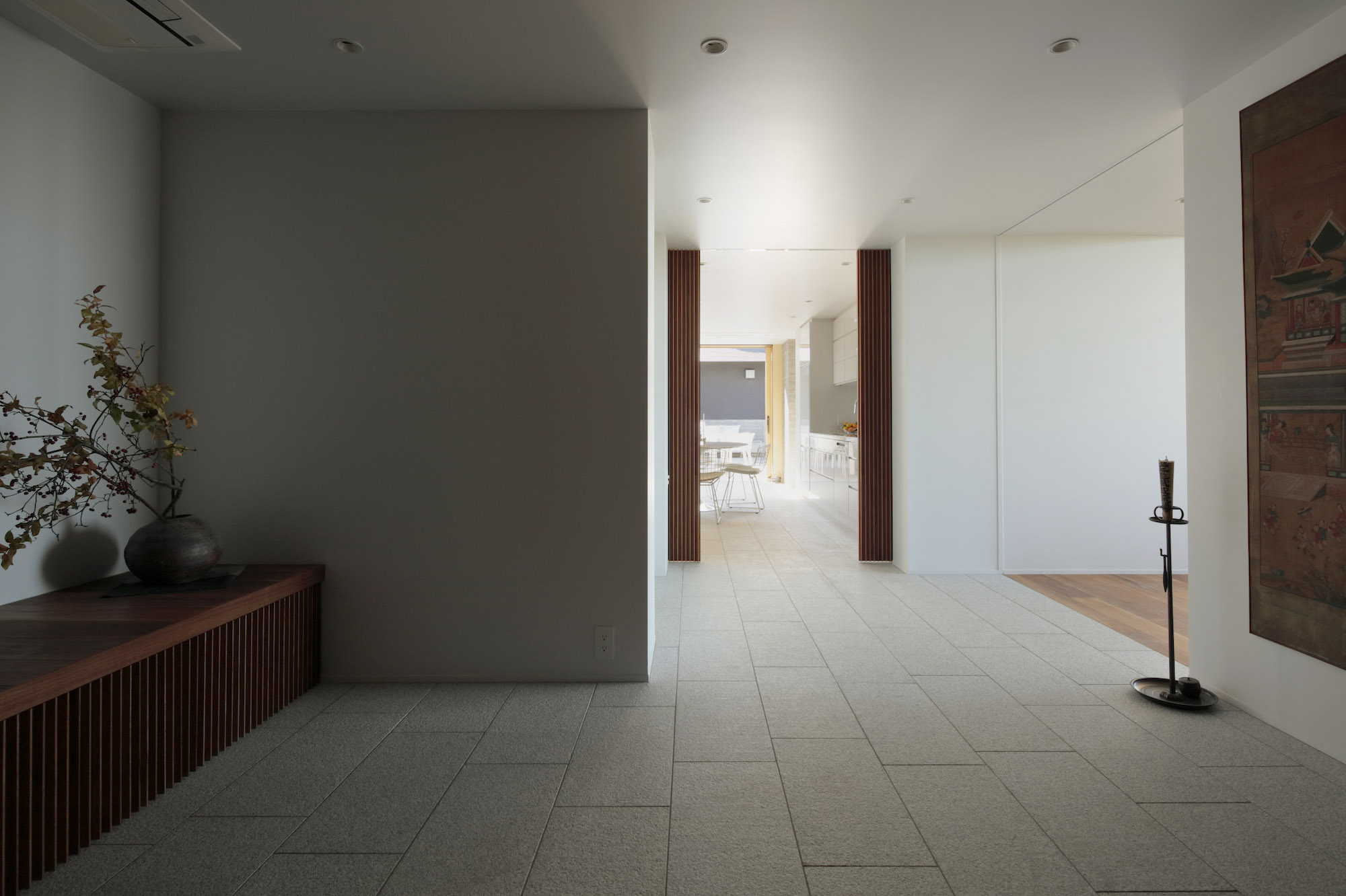
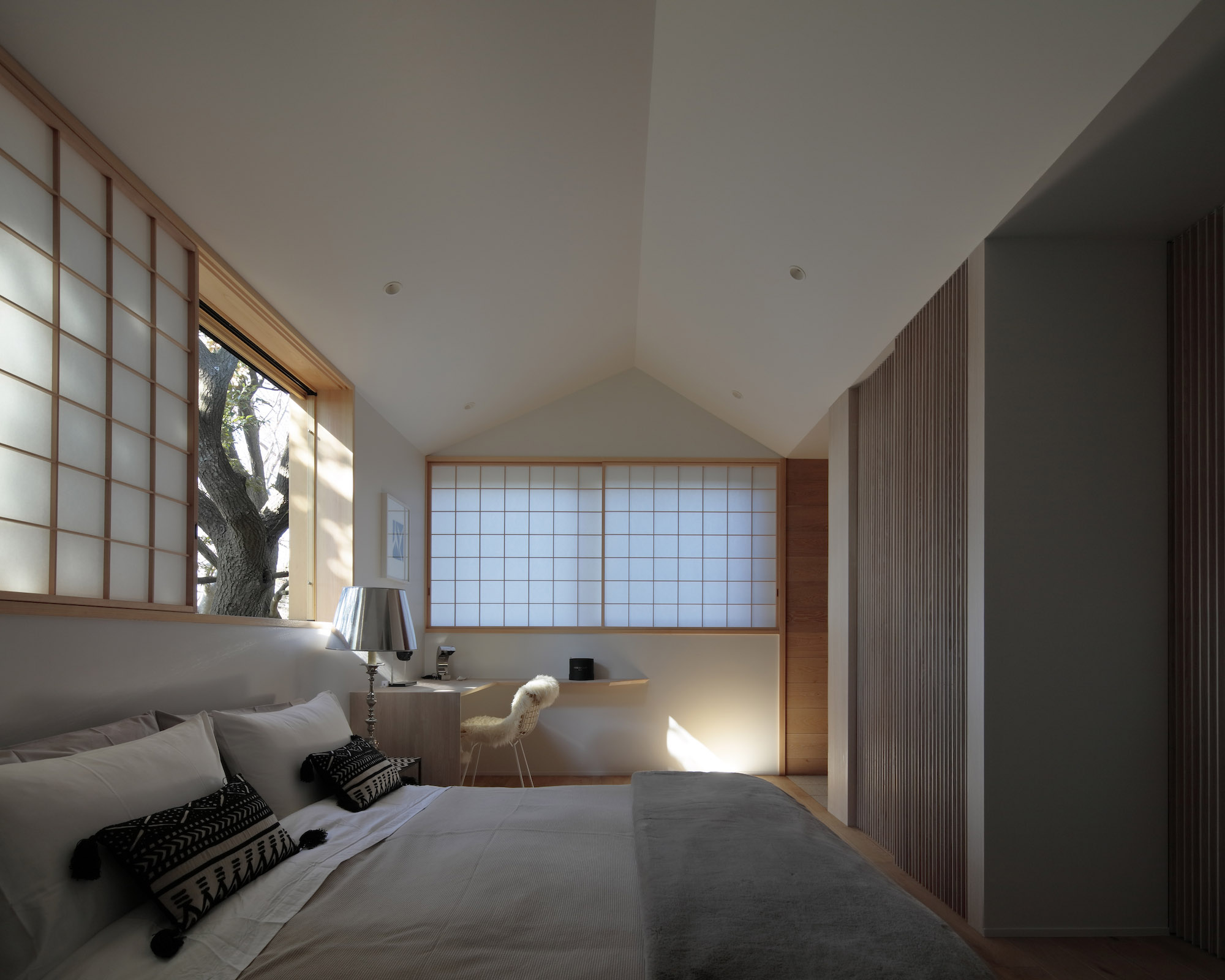
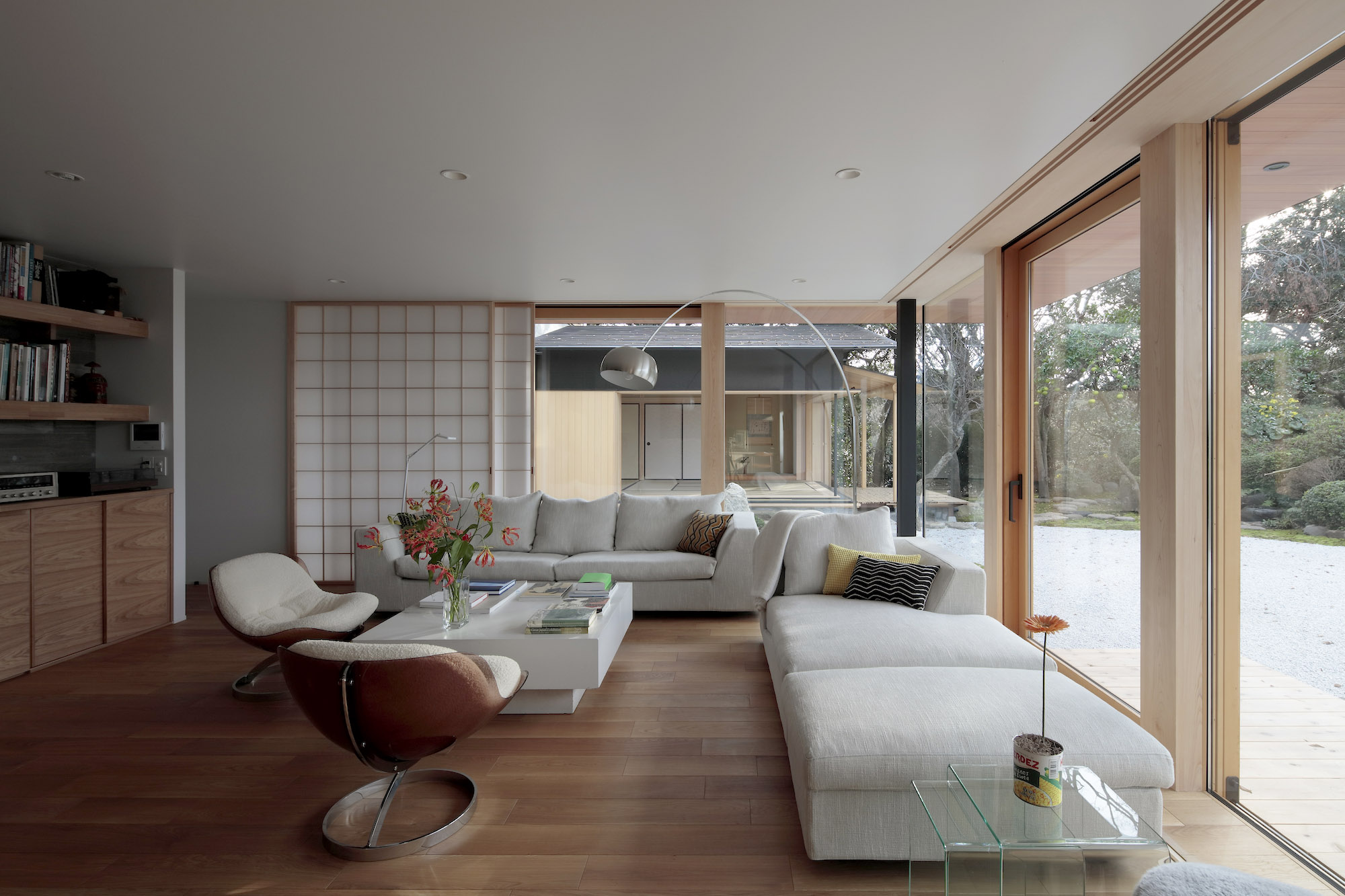
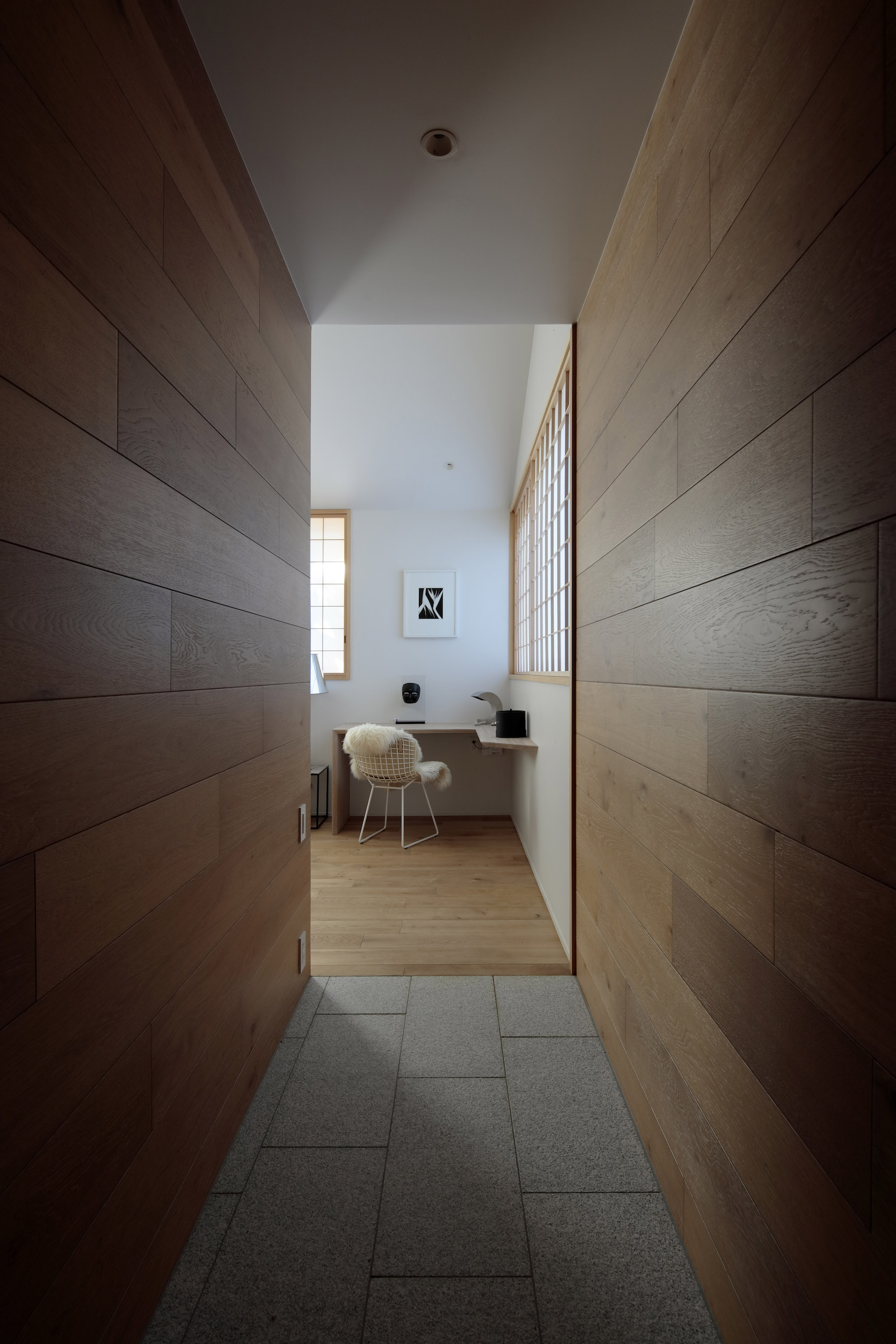
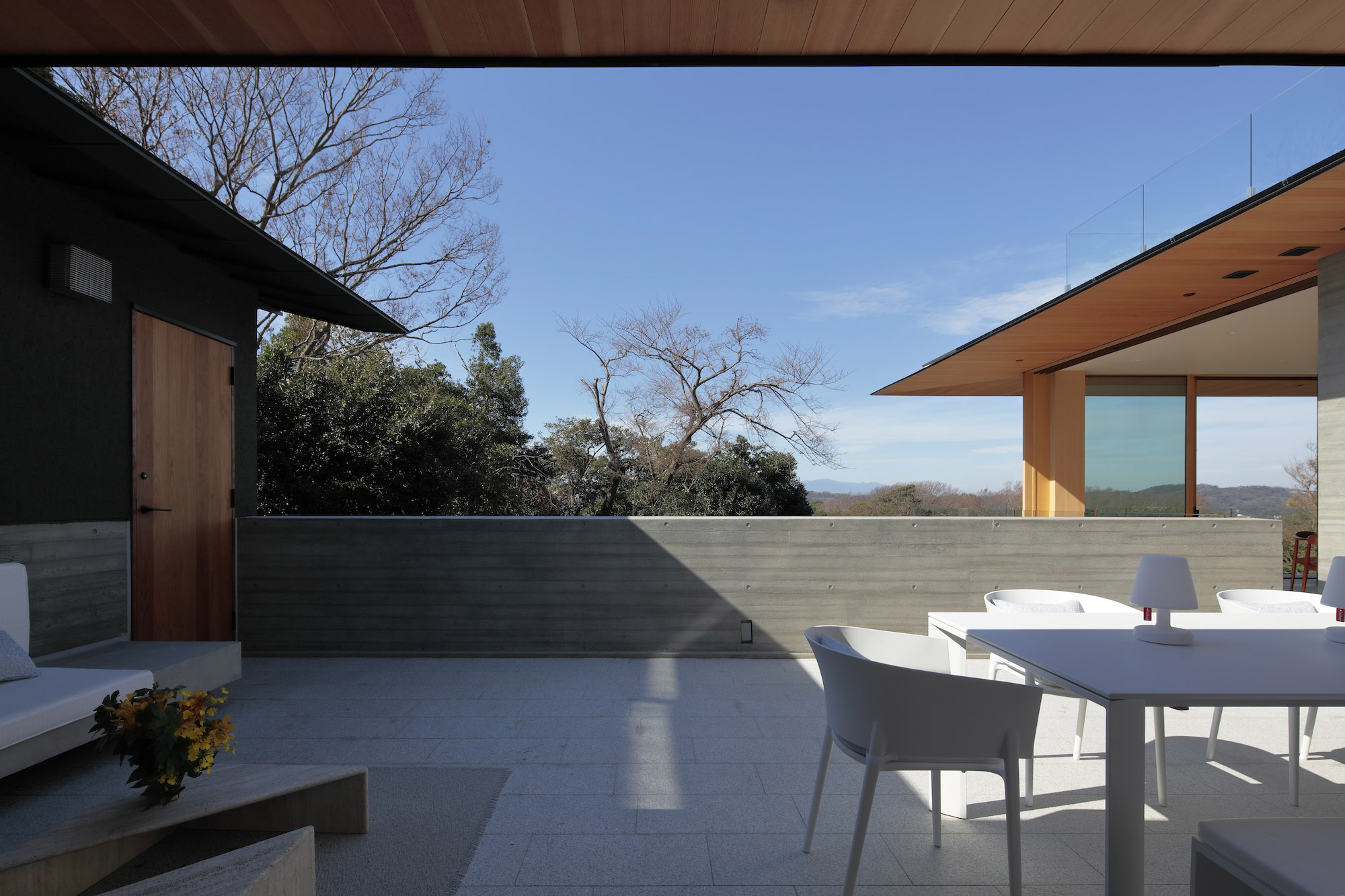
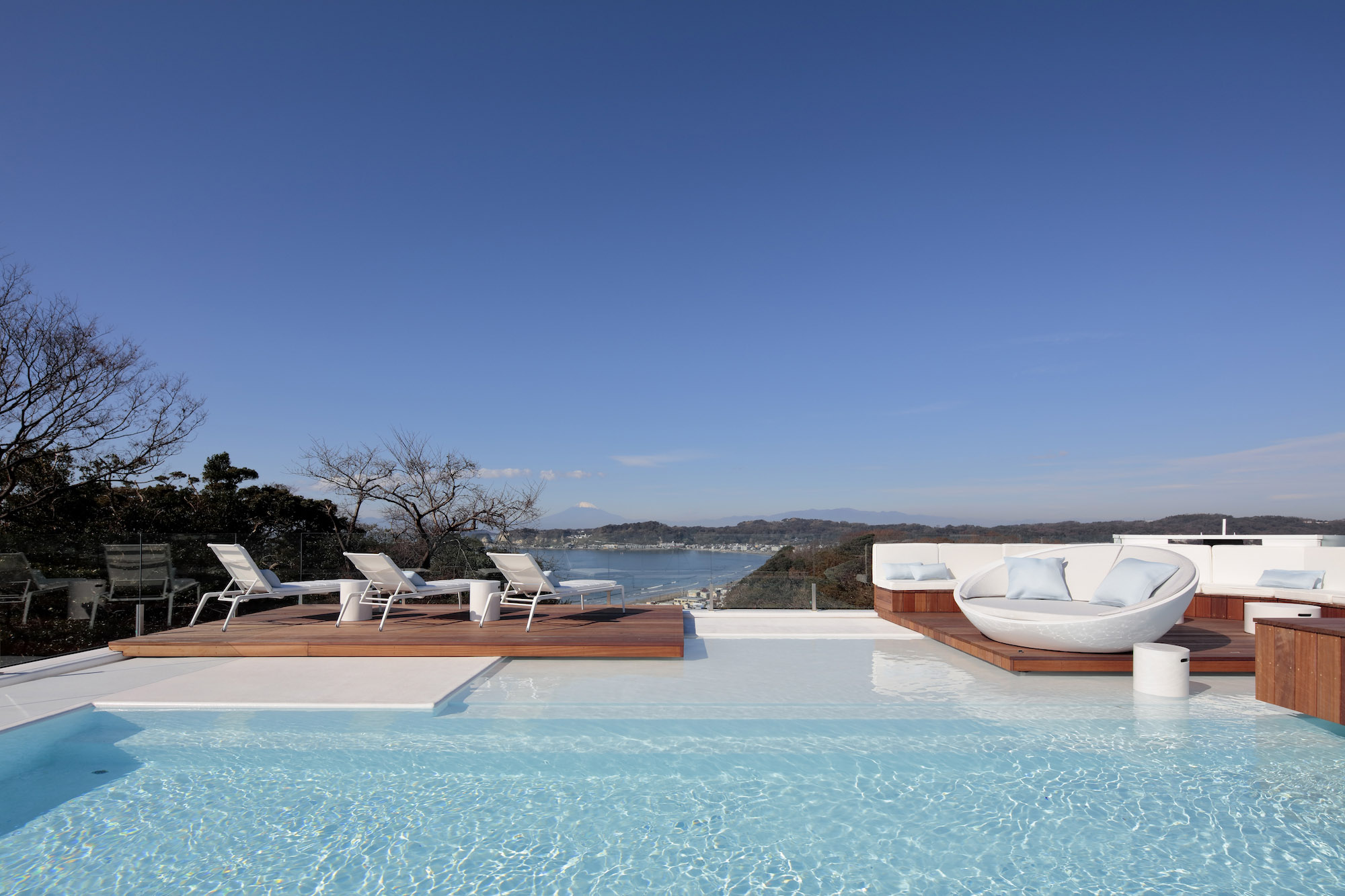
INFORMATION
Receive our daily digest of inspiration, escapism and design stories from around the world direct to your inbox.
Ellie Stathaki is the Architecture & Environment Director at Wallpaper*. She trained as an architect at the Aristotle University of Thessaloniki in Greece and studied architectural history at the Bartlett in London. Now an established journalist, she has been a member of the Wallpaper* team since 2006, visiting buildings across the globe and interviewing leading architects such as Tadao Ando and Rem Koolhaas. Ellie has also taken part in judging panels, moderated events, curated shows and contributed in books, such as The Contemporary House (Thames & Hudson, 2018), Glenn Sestig Architecture Diary (2020) and House London (2022).
-
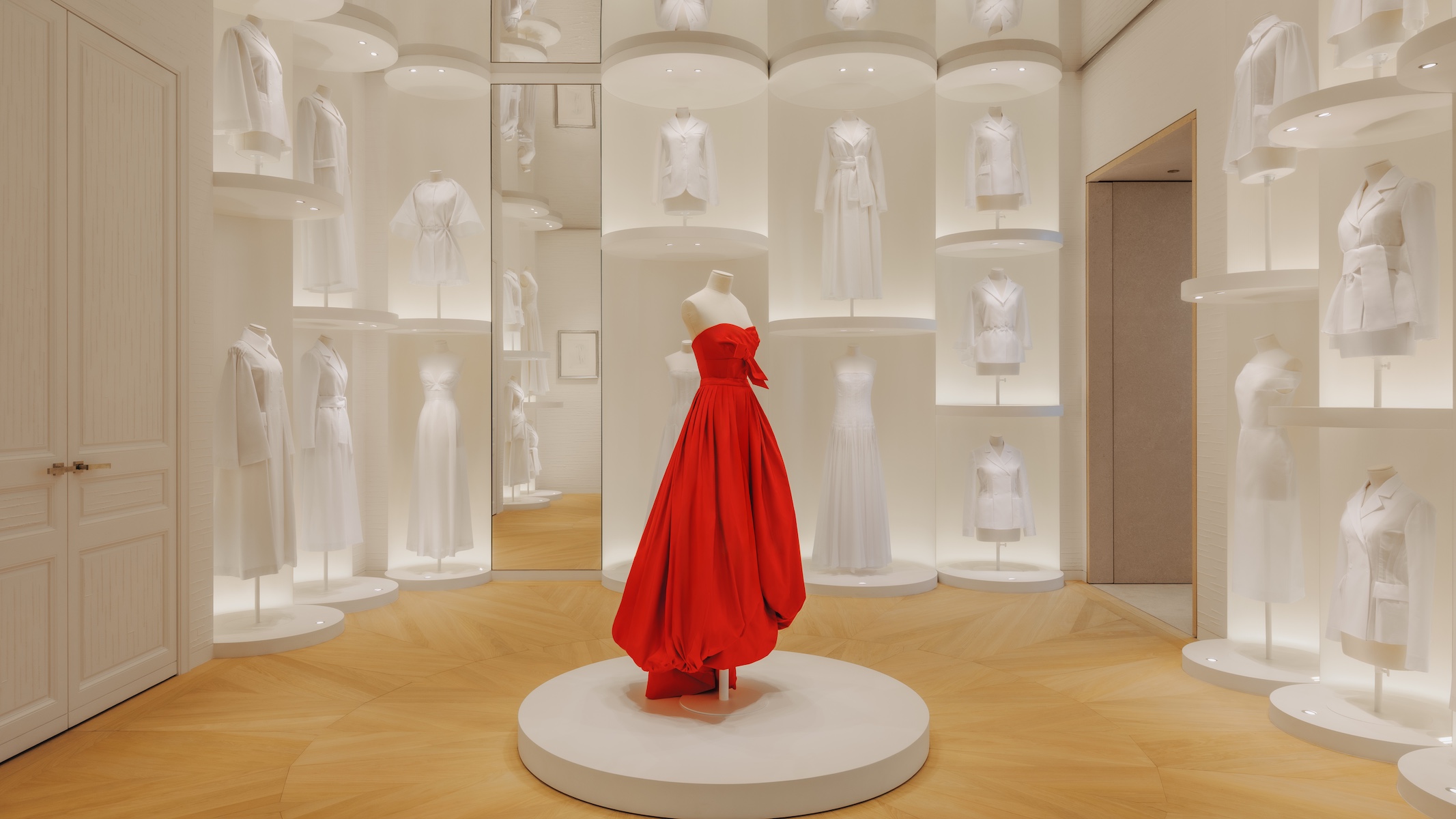 Inside Christian de Portzamparc’s showstopping House of Dior Beijing: ‘sculptural, structural, alive’
Inside Christian de Portzamparc’s showstopping House of Dior Beijing: ‘sculptural, structural, alive’Daven Wu travels to Beijing to discover Dior’s dramatic new store, a vast temple to fashion that translates haute couture into architectural form
-
 A music player for the mindful, Sleevenote shuns streaming in favour of focused listening
A music player for the mindful, Sleevenote shuns streaming in favour of focused listeningDevised by musician Tom Vek, Sleevenote is a new music player that places artist intent and the lost art of record collecting at the forefront of the experience
-
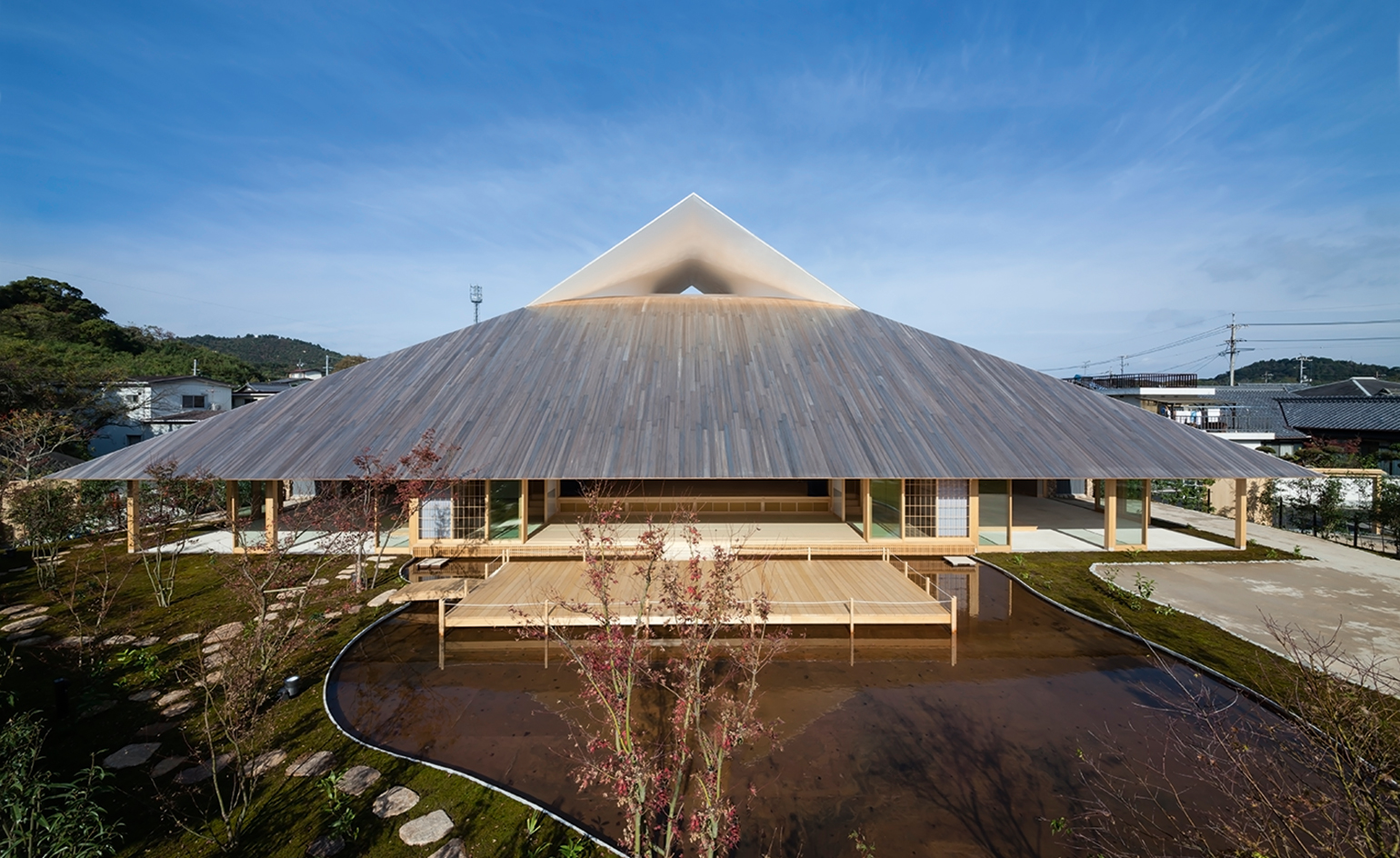 Take a tour of the 'architectural kingdom' of Japan
Take a tour of the 'architectural kingdom' of JapanJapan's Seto Inland Sea offers some of the finest architecture in the country – we tour its rich selection of contemporary buildings by some of the industry's biggest names
-
 The Architecture Edit: Wallpaper’s houses of the month
The Architecture Edit: Wallpaper’s houses of the monthThis September, Wallpaper highlighted a striking mix of architecture – from iconic modernist homes newly up for sale to the dramatic transformation of a crumbling Scottish cottage. These are the projects that caught our eye
-
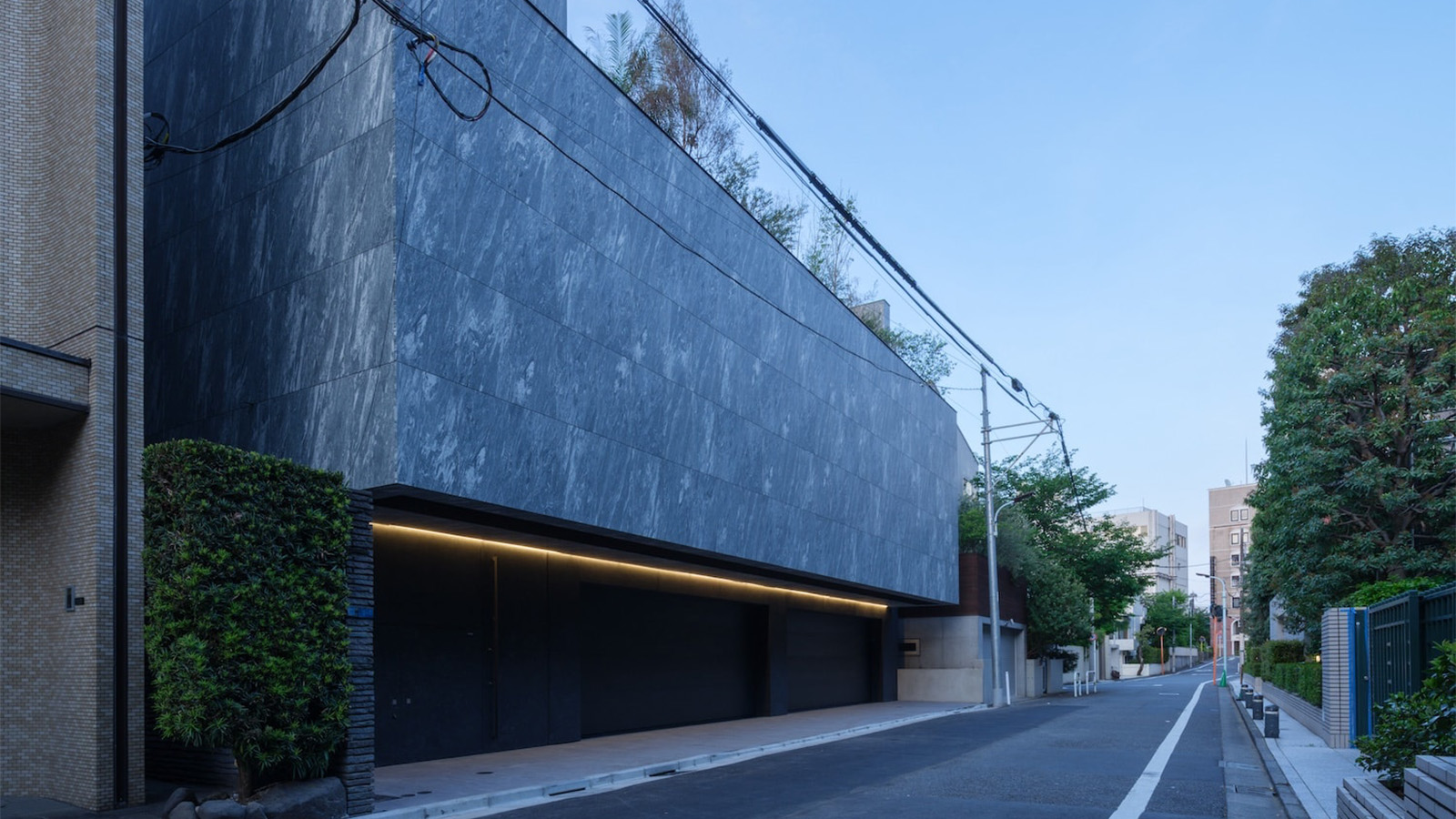 A Tokyo home’s mysterious, brutalist façade hides a secret urban retreat
A Tokyo home’s mysterious, brutalist façade hides a secret urban retreatDesigned by Apollo Architects, Tokyo home Stealth House evokes the feeling of a secluded resort, packaged up neatly into a private residence
-
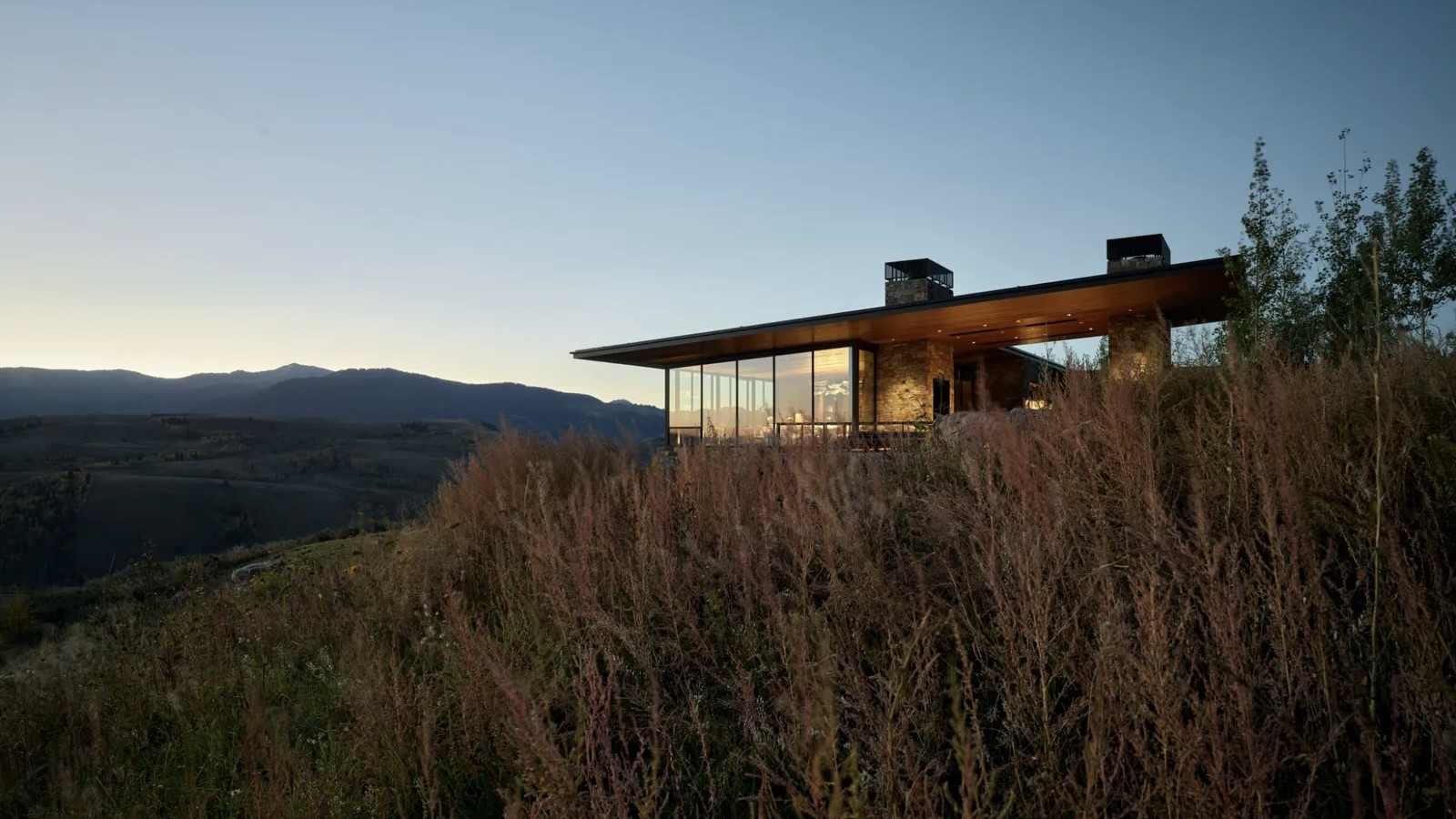 The Architecture Edit: Wallpaper’s favourite July houses
The Architecture Edit: Wallpaper’s favourite July housesFrom geometric Japanese cottages to restored modernist masterpieces, these are the best residential projects to have crossed the architecture desk this month
-
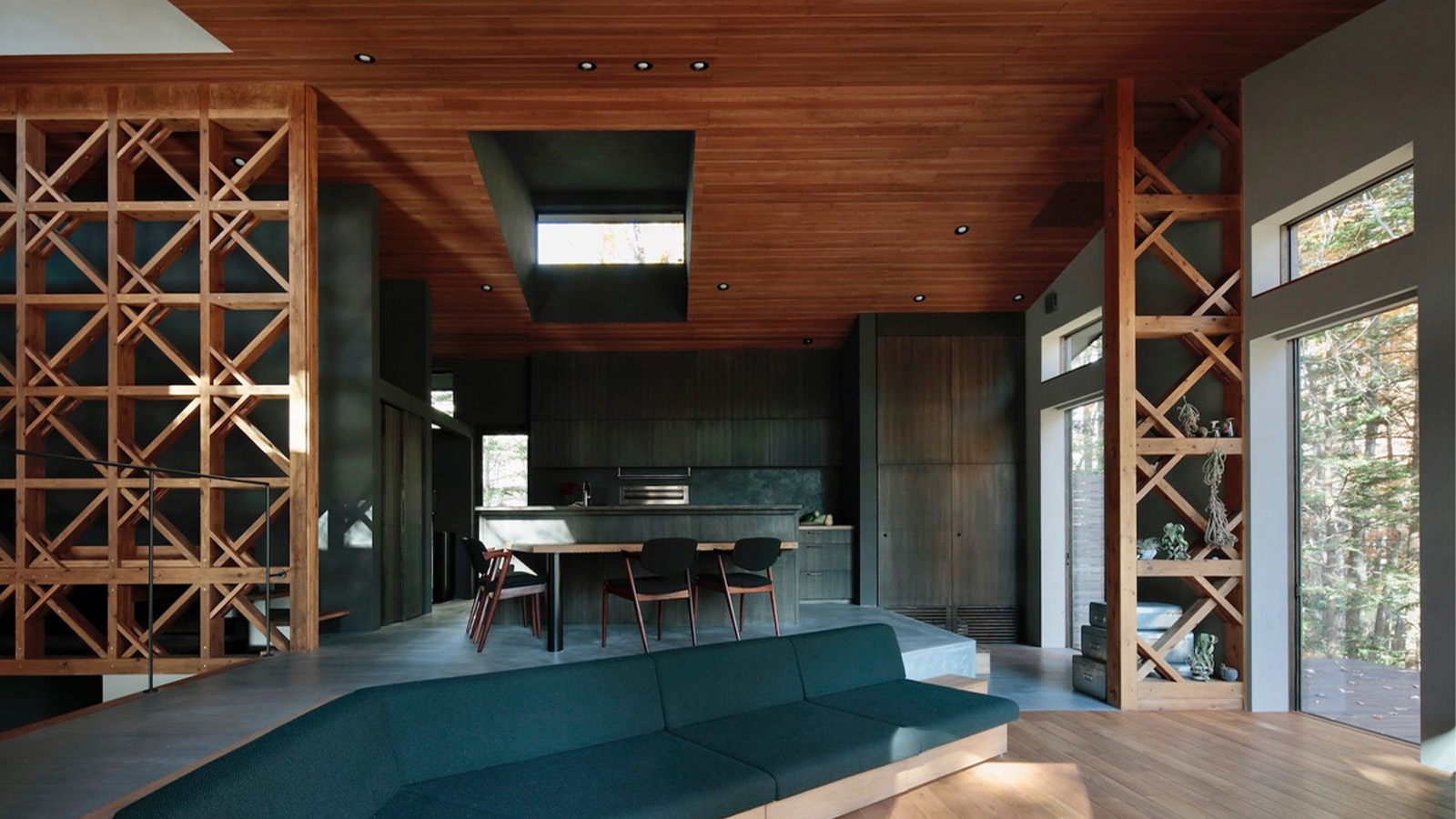 A Karuizawa house is a soothing, work-from-home retreat in Japan
A Karuizawa house is a soothing, work-from-home retreat in JapanTakeshi Hirobe Architects play with scale and space, creating a tranquil residence in which to live and work
-
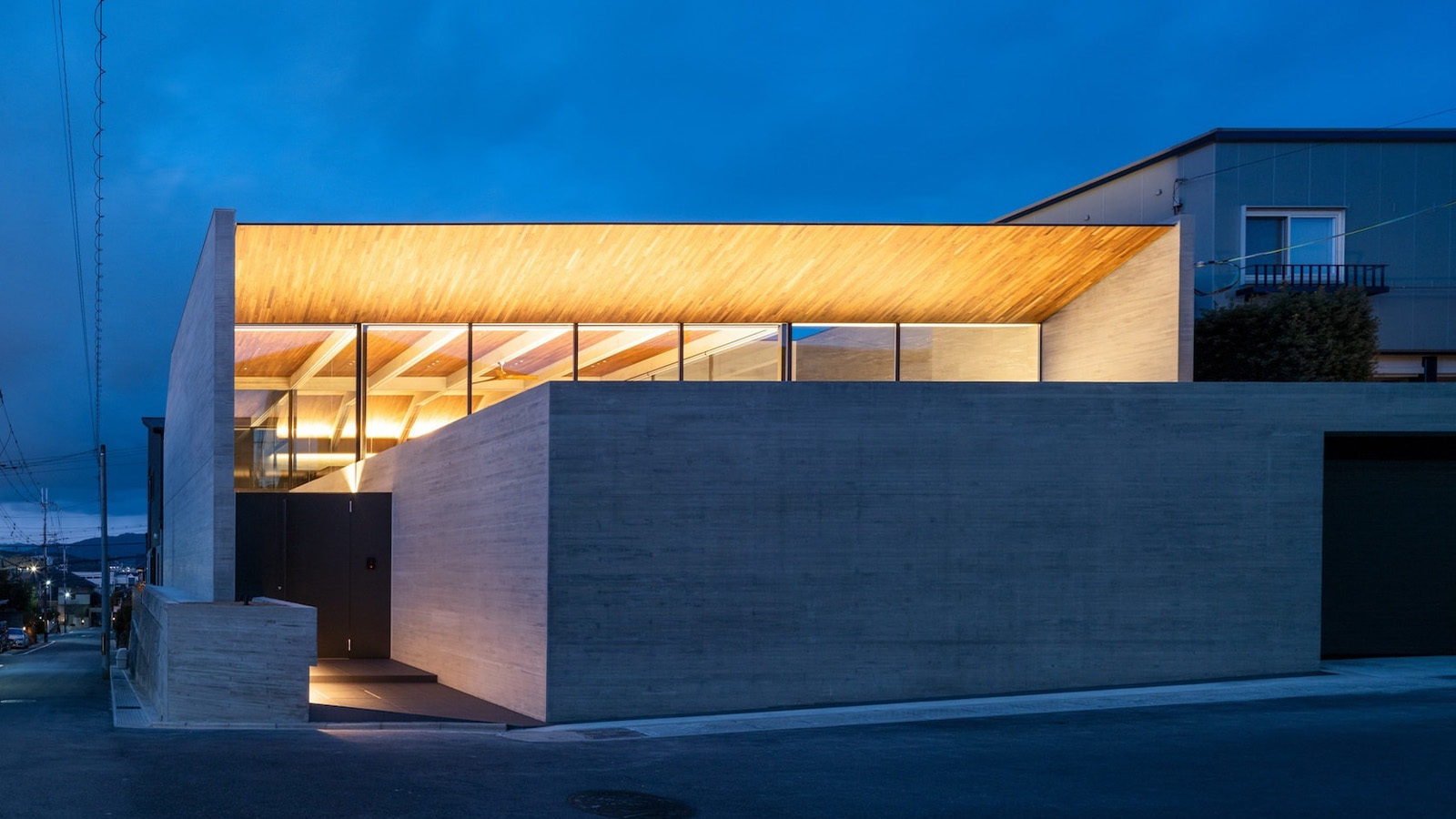 Behind a contemporary veil, this Kyoto house has tradition at its core
Behind a contemporary veil, this Kyoto house has tradition at its coreDesigned by Apollo Architects & Associates, a Kyoto house in Uji City is split into a series of courtyards, adding a sense of wellbeing to its residential environment
-
 Ten contemporary homes that are pushing the boundaries of architecture
Ten contemporary homes that are pushing the boundaries of architectureA new book detailing 59 visually intriguing and technologically impressive contemporary houses shines a light on how architecture is evolving
-
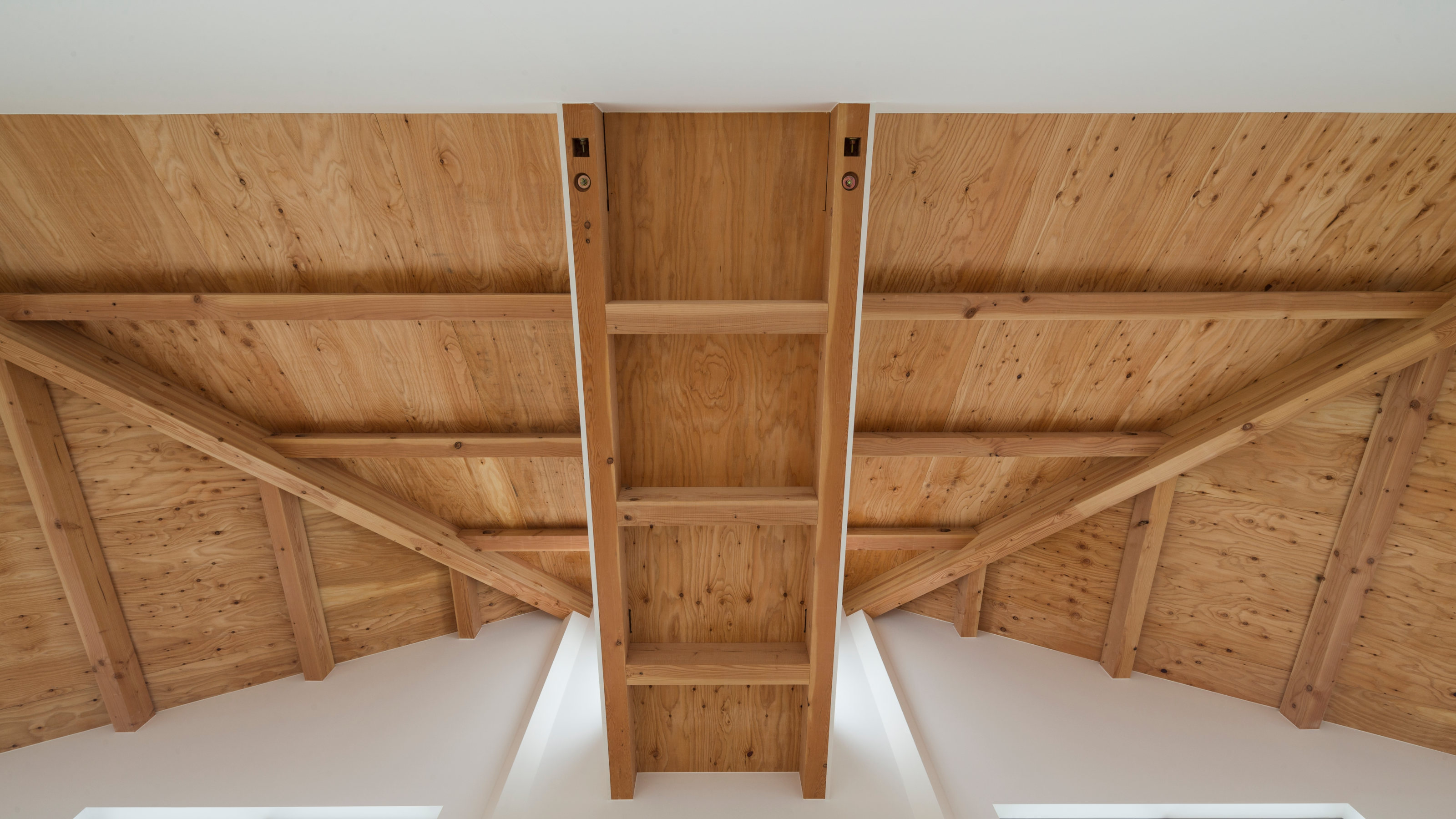 The Kumagaya House in Saitama is a modest family home subdivided by a soaring interior
The Kumagaya House in Saitama is a modest family home subdivided by a soaring interiorThis Kumagaya House is a domestic puzzle box taking the art of the Japanese house to another level as it intersects a minimal interior with exterior spaces, balconies and walkways
-
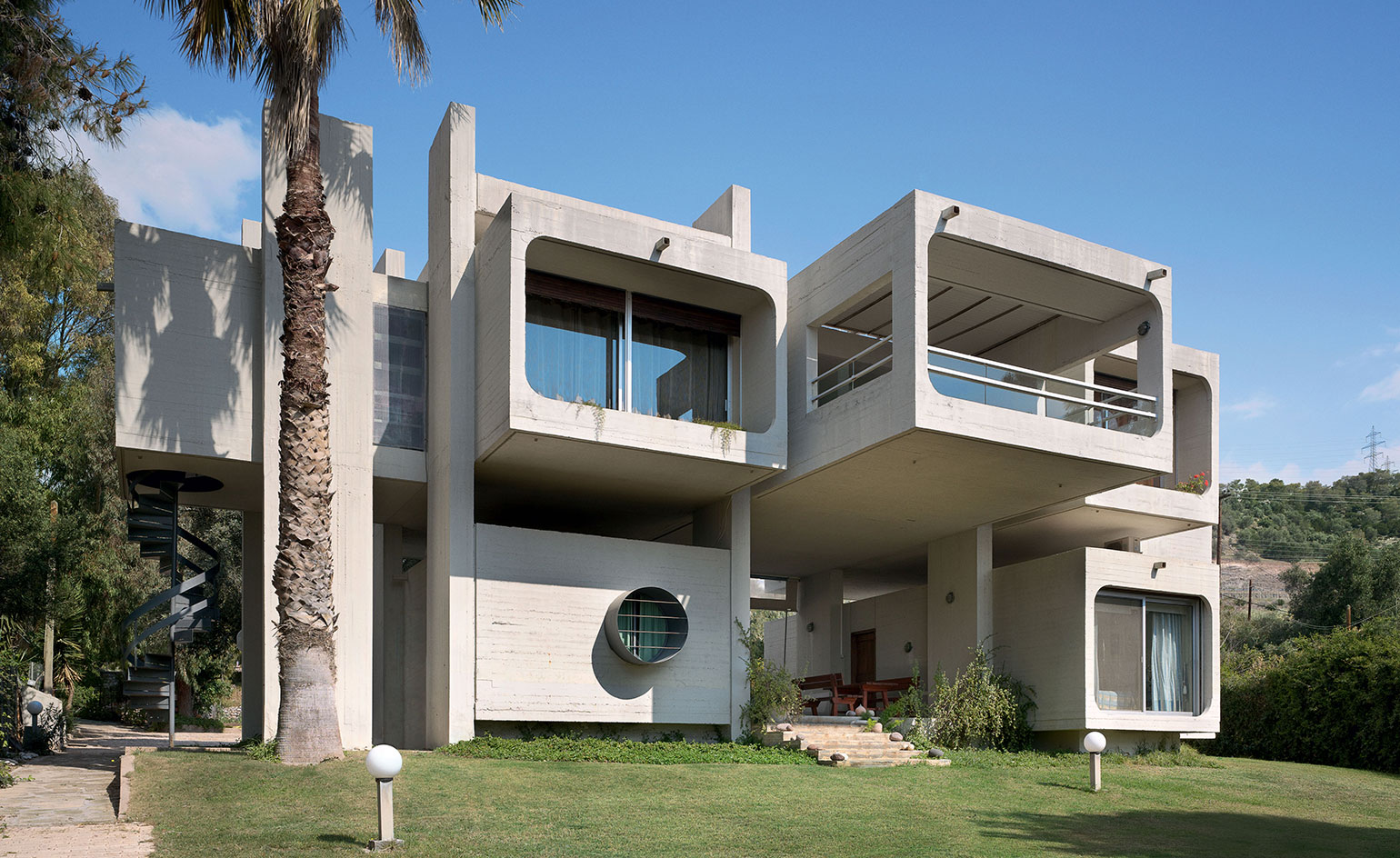 Remembering Alexandros Tombazis (1939-2024), and the Metabolist architecture of this 1970s eco-pioneer
Remembering Alexandros Tombazis (1939-2024), and the Metabolist architecture of this 1970s eco-pioneerBack in September 2010 (W*138), we explored the legacy and history of Greek architect Alexandros Tombazis, who this month celebrates his 80th birthday.